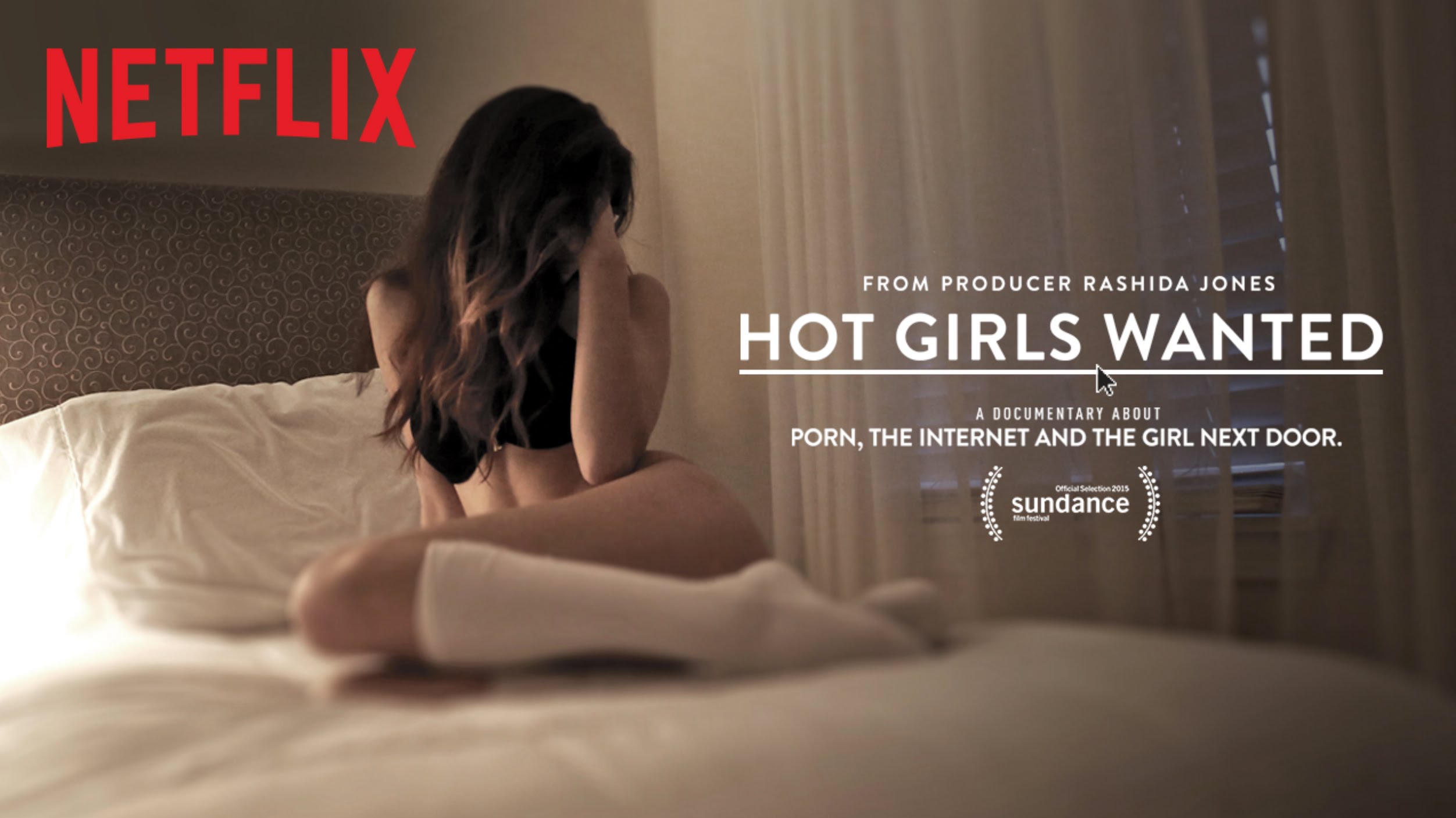
'Inferno' is a crime/mystery/action/thriller directed by Ron Howard and based on the novel by Dan Brown of the same name. It is the third Ron Howard film adaptation of Dan Brown novels, after Angels and Demons and The Da Vinci code. It is also the third Ron Howard/Dan Brown film to star Oscar award winning actor Tm Hanks This film also stars British new comer Felicity Jones and well as Irrfran Khan. The film had a budget of $75,000,000 and since it's release on the 28th of October 2016, it has already made a worldwide gross of $148,000,000.
The film follows the story of world famous symbologist Robert Langdon on a trail of clues tied to the great Dante himself. When Langdon wakes up in an Italian hospital with amnesia, he teams up with Sienna Brooks, a doctor whom he hopes will help him recover his memories. Together, they race across Europe and against the clock to stop a madman from unleashing a global virus that would wipe out half of the world's population.
Inferno has a naturally gripping action/mystery plot which had the potential to be extremely entertaining for an audience however, narrative-wise, despite the use of title cards to show changes in place/time, the film seems to move far too quickly making it hard to understand and no very easy to believe as the character's discover everything in an unrealistically quick amount of time. Due to having read the book before, I would say that production wise they could have spread this book into at least two, if not tree films rather than trying to squeeze everything in to one s it clearly didn't wok as rather than just keeping the best bits they rushed all the bits so much that all of them lost their beauty individuality and value.
The special effects used in the film were surprisingly unrealistic especially in the hellish nightmare/vision scenes and falling scenes, considering he high budget of the film and the creative technology available to use in the film production industry today. Likewise, the acting of most of the actors bar Tom Hanks and Irrfran Khan was pretty poor considering.
Overall however the cinematography., mise en scene and editing used within the film were very good and successfully demonstrated the themes and overall atmosphere of the film to the audience. They were both aesthetically pleasing and true to the book an d in my opinion helped to redeem he film a little in it's success.





